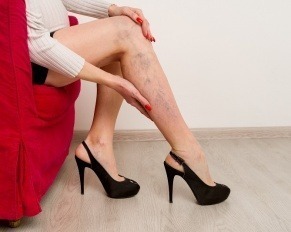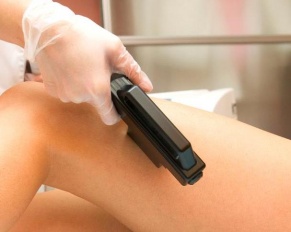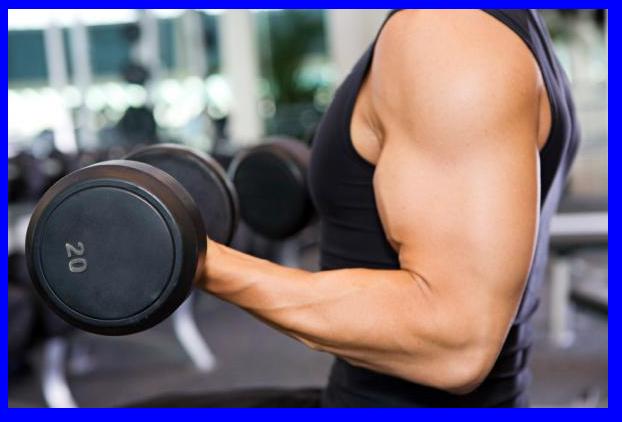A relatively common condition, varicose veins are large, swollen cords that run just below the surface of your skin. They…


A relatively common condition, varicose veins are large, swollen cords that run just below the surface of your skin. They…

Many people suffer for years with damaged veins, when the answer to their problem is as simple as a consultation with a vein care specialist. That consultation, along with a few tests could yield valuable information about your painful condition, and how to resolve it. Often a patient waits, thinking the pain or the symptoms will abate, but they do not. You should consider a consult with a vein care specialist when:

There are many types of vein conditions that people develop over the course of their lifetimes. Many people are genetically predisposed to develop venous issues and suffer with longstanding vein disease, where others breeze through life with just minor vein issues in later years. Anyone who has had vein disease for many years is at increased risk for developing Chronic Venous Insufficiency (often abbreviated as “CVI”). CVI is an umbrella term for the more advanced stages of venous disease. This would include swelling of the ankle and leg, or edema, stasis dermatitis and venous ulcer. Probably the most-common vein condition, and the one most people are familiar with, is the malady of varicose veins. A brief synopsis of each of these vein conditions is discussed below:

Many people are genetically predisposed to develop venous issues and suffer with longstanding vein disease, where others breeze through life…
Millions of Americans are reaching beyond modern medicine these days for natural treatments for a number of health conditions, and varicose veins is one of them. Though varicose veins may not be the type of health problem most people would consider could be treated with natural therapies, the fact is that many medical doctors use a number of natural treatments for their patients who are newly diagnosed with varicose veins. Varicose veins are reddish-purple, twisted veins that bulge up from under the skin. They’re unattractive, no doubt. But more importantly, varicose veins can cause discomfort and various degrees of pain, along with other symptoms such as burning, itchiness, and difficulty with movement, especially when they occur on the legs. If you’re someone who is experiencing any of the symptoms of varicose veins, varicose vein treatment recommend that you consult a specialist as soon as possible in order to be properly diagnosed. It’s also important that you learn your diagnosis soon in order to begin on necessary treatment. And, when it comes to treatment, a number of natural therapies are considered effective in reducing the effects of varicose veins.
 If you’re a weight lifter, you know how great weight training can be for your body. Weight lifters are among the healthiest people in the country, and for good reason. Lifting weights is an effective tool for burning fat, toning the body, and keeping the blood flowing. However, healthy blood flow isn’t always the result with weight lifting, especially for serious or extreme body builders. If you’re not careful, training with weights can also take a toll on your circulatory system, and problems with blood flow can lead to varicose veins because lifting weights can put undue stress on your blood vessels and capillaries. Varicose veins are those unsightly, twisted, ropelike veins that bulge right underneath the skin. They’re a sign that blood isn’t circulating properly, and weight lifters are especially prone to developing varicose veins. Here are some important tips for weight lifters from varicose vein treatment centers in New Jersey that can help those who train with weights reduce their risk of developing varicose veins and the often painful and even debilitating effects they can bring.
If you’re a weight lifter, you know how great weight training can be for your body. Weight lifters are among the healthiest people in the country, and for good reason. Lifting weights is an effective tool for burning fat, toning the body, and keeping the blood flowing. However, healthy blood flow isn’t always the result with weight lifting, especially for serious or extreme body builders. If you’re not careful, training with weights can also take a toll on your circulatory system, and problems with blood flow can lead to varicose veins because lifting weights can put undue stress on your blood vessels and capillaries. Varicose veins are those unsightly, twisted, ropelike veins that bulge right underneath the skin. They’re a sign that blood isn’t circulating properly, and weight lifters are especially prone to developing varicose veins. Here are some important tips for weight lifters from varicose vein treatment centers in New Jersey that can help those who train with weights reduce their risk of developing varicose veins and the often painful and even debilitating effects they can bring.